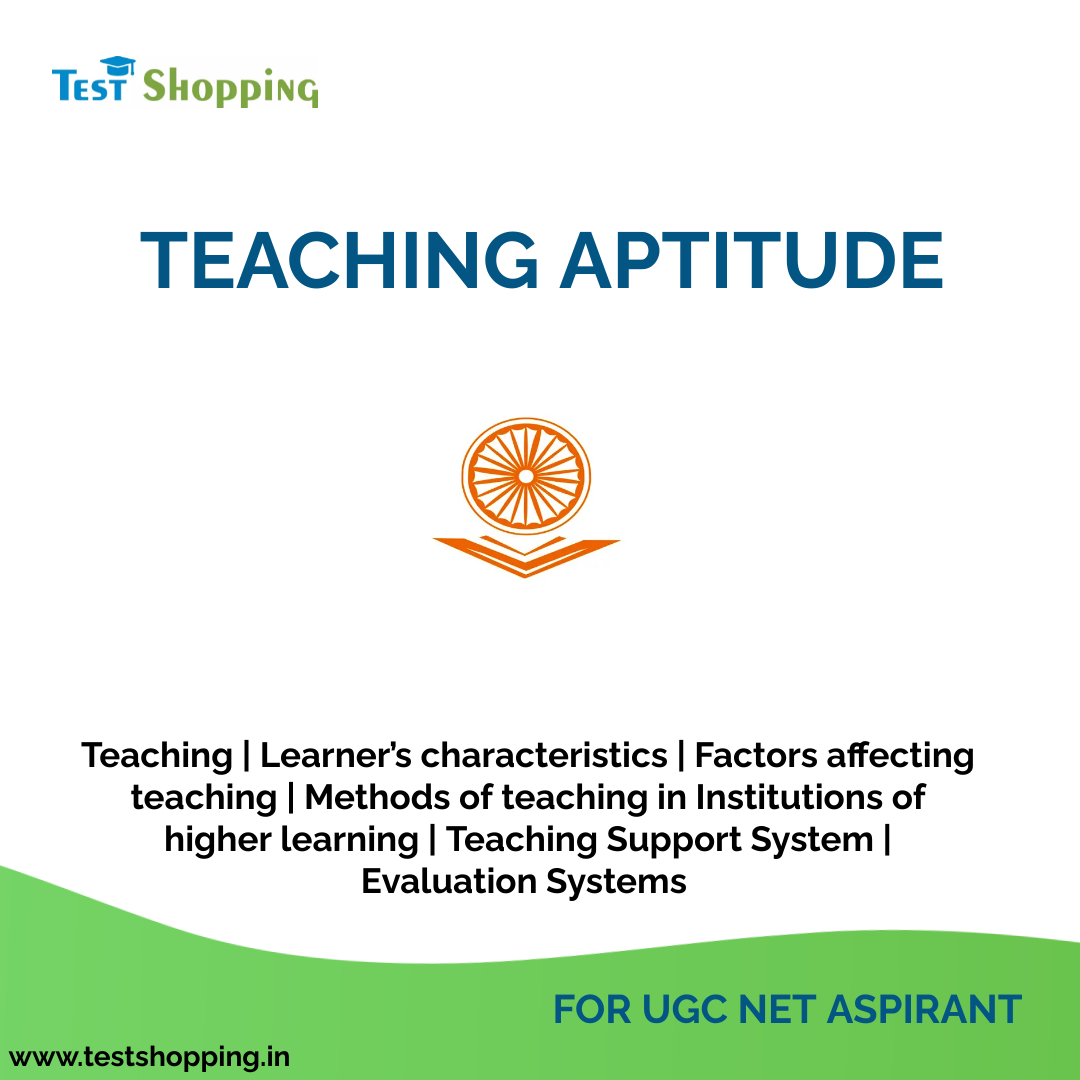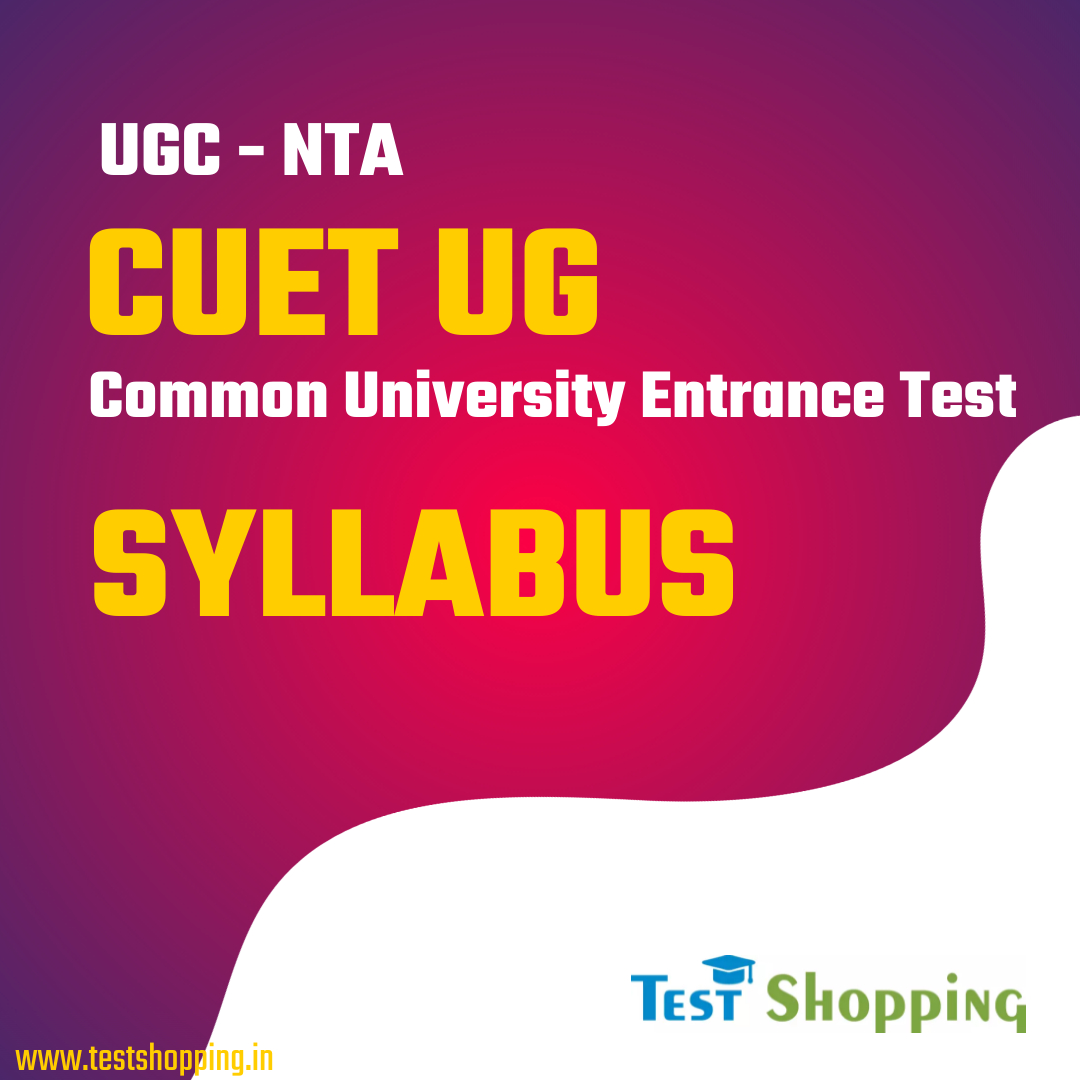
CUET UG Syllabus
Section - I
LANGUAGES (IA & IB) SYLLABUS FOR CLASS 12
Questions from the Language Section will be from the following topics but are not limited to:
- Reading Comprehension
- Verbal Ability
- Rearranging the parts
- Choosing the correct word
- Synonyms and Antonyms
- Vocabulary
Section - II
BIOLOGY/BIOLOGICAL STUDIES/BIOTECNOLOGY/ BIOCHEMISTRY Syllabus for Class 12
Unit I:
Reproduction in organisms: Reproduction, a characteristic feature of all organisms for continuation of species; Modes of reproduction –Asexual and sexual; Asexual reproduction; Modes- Binary fission, sporulation, budding, gemmule, fragmentation; vegetative propagation in plants. Sexual reproduction in flowering plants: Flower structure; Development of male and female gametophytes; Pollination–types, agencies and examples; Out breedings devices; Pollen-Pistil interaction; Double fertilization; Post fertilization events– Development of endosperm and embryo, Development of seed and formation of fruit; Special modes– apomixis, parthenocarpy, polyembryony; Significance of seed and fruit formation. Human Reproduction: Male and female reproductive systems; Microscopic anatomy of testis and ovary; Gametogenesis- spermatogenesis & oogenesis; Menstrual cycle; Fertilisation, embryo development upto blastocyst formation, implantation; Pregnancy and placenta formation (Elementary idea); Parturition (Elementary idea);Lactation (Elementary idea). Reproductive health: Need for reproductive health and prevention of sexually transmitted diseases(STD); Birth control- Need and Methods, Contraception and Medical Termination of Pregnancy (MTP); Amniocentesis; Infertility and assisted reproductive technologies – IVF, ZIFT, GIFT (Elementary idea for general awareness).
Unit II:
Genetics and Evolution Heredity and variation: Mendelian Inheritance; Deviations from Mendelism– Incomplete dominance, Co-dominance, Multiple alleles and Inheritance of blood groups, Pleiotropy; Elementary idea of polygenic inheritance; Chromosome theory of inheritance; Chromosomes and genes; Sex determination–In humans, birds, honey bee; Linkage and crossing over; Sex linked inheritance- Haemophilia, Colour blindness; Mendelian disorders in humans– Thalassemia; Chromosomal disorders in humans; Down’s syndrome, Turner’s and Klinefelter’s syndromes. MolecularBasisofInheritance:SearchforgeneticmaterialandDNAasgeneticmaterial;Structureof DNA and RNA; DNA packaging; DNA replication; Central dogma; Transcription, genetic code, translation; Gene expression and regulation–Lac Operon; Genome and human genome project; DNA fingerprinting. Evolution: Origin of life; Biological evolution and evidences for biological evolution (Paleontological, comparative anatomy, embryology and molecular evidence); Darwin’s contribution, Modern Synthetic theory of Evolution; Mechanism of evolution–Variation(Mutation and Recombination) and Natural Selection with examples, types of natural selection;Geneflowandgeneticdirft;Hardy-Weinberg’sprinciple;Adaptive Radiation; Human evolution.
Unit III:
Biology and Human Welfare Health and Disease: Pathogens; parasites causing human diseases (Malaria, Filariasis, Ascariasis, Typhoid, Pneumonia, common cold, amoebiasis, ring worm); Basic concepts of immunology–vaccines; Cancer, HIV and AIDs; Adolescence, drug and alcohol abuse. Improvement in food production: Plant breeding, tissue culture, single cell protein, Biofortification; Apiculture and Animal husbandry. Microbes in human welfare: In household food processing, industrial production, sewage treatment, energy generation and as bio control agents and bio fertilizers.
Unit IV:
Biotechnology and Its Applications Principles and process of Biotechnology: Genetic engineering (Recombinant DNA technology). ApplicationofBiotechnologyinhealthandagriculture:Humaninsulinandvaccineproduction,genetherapy; Genetically modified organisms-Btcrops; Transgenic Animals; Bio safety issues–Bio piracy and patents.
Unit V:
Ecology and environment Organisms and environment: Habitat and niche; Population and ecological adaptations; Population interactions– mutualism, competition, predation, parasitism; Population attributes–growth, birth rate and death rate, age distribution. Ecosystems: Patterns, components; productivity and decomposition; Energy flow; Pyramids of number, biomass, energy; Nutrient cycling (carbon and phosphorous); Ecological succession; Ecological Services– Carbon fixation, pollination, oxygen release. Bio diversity and its conservation: Concept of Biodiversity; Patterns of Biodiversity; Importance of Biodiversity; Loss of Biodiversity; Biodiversity conservation; Hotspots, endangered organisms, extinction, Red Data Book, biosphere reserves, National parks and sanctuaries. Environmental issues: Air pollution and its control; Water pollution and its control; Agrochemicals and their effects; Solid waste management; Radioactive waste management; Greenhouse effect and global warming; Ozone depletion; Deforestation; Any three case studies as success stories addressing environmental issues.
PHYSICS Syllabus of Class 12
Unit I: Electrostatics Electric charges and their conservation. Coulomb’s law – force between two point charges, forces between multiple charges; superposition principle, and continuous charge distribution. Electric field, electric field due to a point charge, electric field lines; electric dipole, electric field due to a dipole; torque on a dipole in a uniform electric field. Electric flux, statement of Gauss’s theorem and its applications to find field due to infinitely long straight wire, uniformly charged infinite plane sheet, and uniformly charged thin spherical shell (field inside and outside). Electric potential, potential difference, electric potential due to a point charge, a dipole and system of charges; equipotential surfaces, the electrical potential energy of a system of two point charges, and electric dipoles in an electrostatic field. Conductors and insulators, free charges, and bound charges inside a conductor. Dielectrics and electric polarization, capacitors and capacitance, the combination of capacitors in series and in parallel, the capacitance of a parallel plate capacitor with and without dielectric medium between the plates, energy stored in a capacitor, Van de Graff generator.
Unit II: Current Electricity Electric current, the flow of electric charges in a metallic conductor, drift velocity and mobility, and their relation with electric current; Ohm’s law, electrical resistance, V-I characteristics (linear and non-linear), electrical energy and power, electrical resistivity and conductivity. Carbon resistors, colour code for carbon resistors; series and parallel combinations of resistors; temperature dependence of resistance. The internal resistance of a cell, potential difference, and emf of a cell, combination of cells in series and in parallel. Kirchhoff ’s laws and simple applications. Wheatstone bridge, Metre Bridge. Potentiometer – principle, and applications to measure potential difference, and for comparing emf of two cells; measurement of internal resistance of a cell.
Unit III: Magnetic Effects of Current and Magnetism Concept of the magnetic field, Oersted’s experiment. Biot - Savart law and its application to current carrying circular loop. Ampere’s law and its applications to infinitely long straight wire, straight and toroidal solenoids. Force on a moving charge in uniform magnetic and electric fields. Cyclotron. Force on a current-carrying conductor in a uniform magnetic field. The force between two parallel current - carrying conductors – definition of ampere. Torque experienced by a current loop in a magnetic field; moving coil galvanometer – its current sensitivity and conversion to ammeter and voltmeter. Current loop as a magnetic dipole and its magnetic dipole moment. The magnetic dipole moment of a revolving electron. Magnetic field intensity due to a magnetic dipole (bar magnet) along its axis and perpendicular to its axis. Torque on a magnetic dipole (bar magnet) in a uniform magnetic field; bar magnet as an equivalent solenoid, magnetic field lines; Earth’s magnetic field and magnetic elements. Para-, dia- and ferromagnetic substances, with examples. Electromagnets and factors affecting their strengths. Permanent magnets.
Unit IV: Electromagnetic Induction andAlternating Currents Electromagnetic induction; Faraday’s law, induced emf and current; Lenz’s Law, Eddy currents. Self and mutual inductance. Alternating currents, peak and RMS value of alternating current/voltage; reactance and impedance; LC oscillations (qualitative treatment only), LCR series circuit, resonance; power in AC circuits, wattless current. AC generator and transformer.
Unit V: Electromagnetic Waves Need for displacement current. Electromagnetic waves and their characteristics (qualitative ideas only). Transverse nature of electromagneticwaves. Electromagnetic spectrum (radio waves, microwaves, infrared, visible, ultraviolet, x-rays, gamma rays) including elementary facts about their uses.
Unit VI: Optics Reflection of light, spherical mirrors, mirror formula. Refraction of light, total internal reflection, and its applications, optical fibres, refraction at spherical surfaces, lenses, thin lens formula, lens maker's formula. Magnification, power of a lens, combination of thin lenses in contact combination of a lens and a mirror. Refraction and dispersion of light through a prism. Scattering of light–blue colour of the sky and reddish appearance of the sun at sunrise and sunset. Optical instruments: Human eye, image formation, and accommodation, correction of eye defects (myopia and hypermetropia) using lenses. Microscopes and astronomical telescopes (reflecting and refracting) and their magnifying powers. Wave optics: Wave front and Huygens’ Principle, reflection, and refraction of plane wave at a plane surface using wave fronts. Proof of laws of reflection and refraction using Huygens’ Principle. Interference, Young’s double hole experiment and expression for fringe width, coherent sources, and sustained interference of light. Diffraction due to a single slit, width of central maximum. Resolving the power of microscopes and astronomical telescopes. Polarization, plane polarized light; Brewster’s law, uses of plane polarized light and Polaroids.
Unit VII: Dual Nature of Matter and Radiation Photoelectric effect, Hertz and Lenard’s observations; Einstein’s photoelectric equation – particle nature of light. Matter waves – wave nature of particles, de Broglie relation. Davisson-Germer experiment (experimental details should be omitted; only the conclusion should be explained.)
Unit VIII: Atoms and Nuclei Alpha - particle scattering experiment; Rutherford’s model of atom; Bohr model, energy levels, hydrogen spectrum. Composition and size of nucleus, atomic masses, isotopes, isobars; isotones. Radioactivity – alpha, beta, and gamma particles/rays, and their properties; radioactive decay law. Mass-energy relation, mass defect; binding energy per nucleon and its variation with mass number; nuclear fission and fusion.
Unit IX: Electronic Devices Energy bands in solids (qualitative ideas only), conductors, insulators, and semiconductors; semiconductor diode – I-V characteristics in forward and reverse bias, diode as a rectifier; I-V characteristics of LED, photodiode, solar cell, and Zener diode; Zener diode as a voltage regulator. Junction transistor, transistor action, characteristics of a transistor; transistor as an amplifier (common emitter configuration) and oscillator. Logic gates (OR,AND, NOT, NAND and NOR). Transistor as a switch.
Unit X: Communication Systems Elements of a communication system (block diagram only); bandwidth of signals (speech, TV, and digital data); bandwidth of transmission medium. Propagation of electromagnetic waves in the atmosphere, sky, and space wave propagation. Need for modulation. Production and detection of an amplitude-modulated wave.
SYLLABUS OF Teaching Aptitude
Unit I: Two narratives/ newspaper reports about schools/teachers/ children/ Questions on data/information/analysis/issues Such as Gender, school access, teacher’s work, scores.
Unit II: Based on popular films on education, books, documentaries showing the struggles of girls’, tribals’ and Dalits’
Unit III: Science (i) Based on observation of natural phenomenon (ii) famous Indian Scientists, women scientists, (iii) Current information such as COVID, technology and programs in science
Unit IV: Mathematics (i) Based on sense of proportion, perspective, abilities that mathematics gives (ii) Famous mathematicians, women mathematicians (iii) Difficulties that children face while learning Mathematics
Unit V: Arts, Music and Drama (Performing and Visual Arts) (i) Academies of art teaching (ii) Benefits of practising art forms (iii) Indian art and music traditions
Unit VI: Social Sciences (i) Based on difficulties that children face in social sciences (ii) Details of subjects being taught (iii) Nobel and other award winners for creating knowledge such as in economics or other fields. (iv) Teachers in history: Buddha, Jain, construction of teachers in Upanishads.
Unit VII: Language and Literature (i) Based on famous stories, novels, poems that have reference to school/education/learning and are in NCERT syllabus from 6th to 12th (ii) Biographies/autobiographies of famous women/tribals/Dalits who have described their school experiences, teachers or a class. (iii) Difficulties that children face while learning poems or grammar.
SECTION III
GENERAL TEST
The Question paper will contain questions from the following topics:
- General Knowledge, Current Affairs,
- General Mental Ability, Numerical Ability,
- Reasoning (Simple application of basic mathematical concepts Quantitative arithmetic / algebra geometry / mensuration / statistics),
- Logical and Analytical Reasoning.

admin
Admin roleCategories
Popular posts
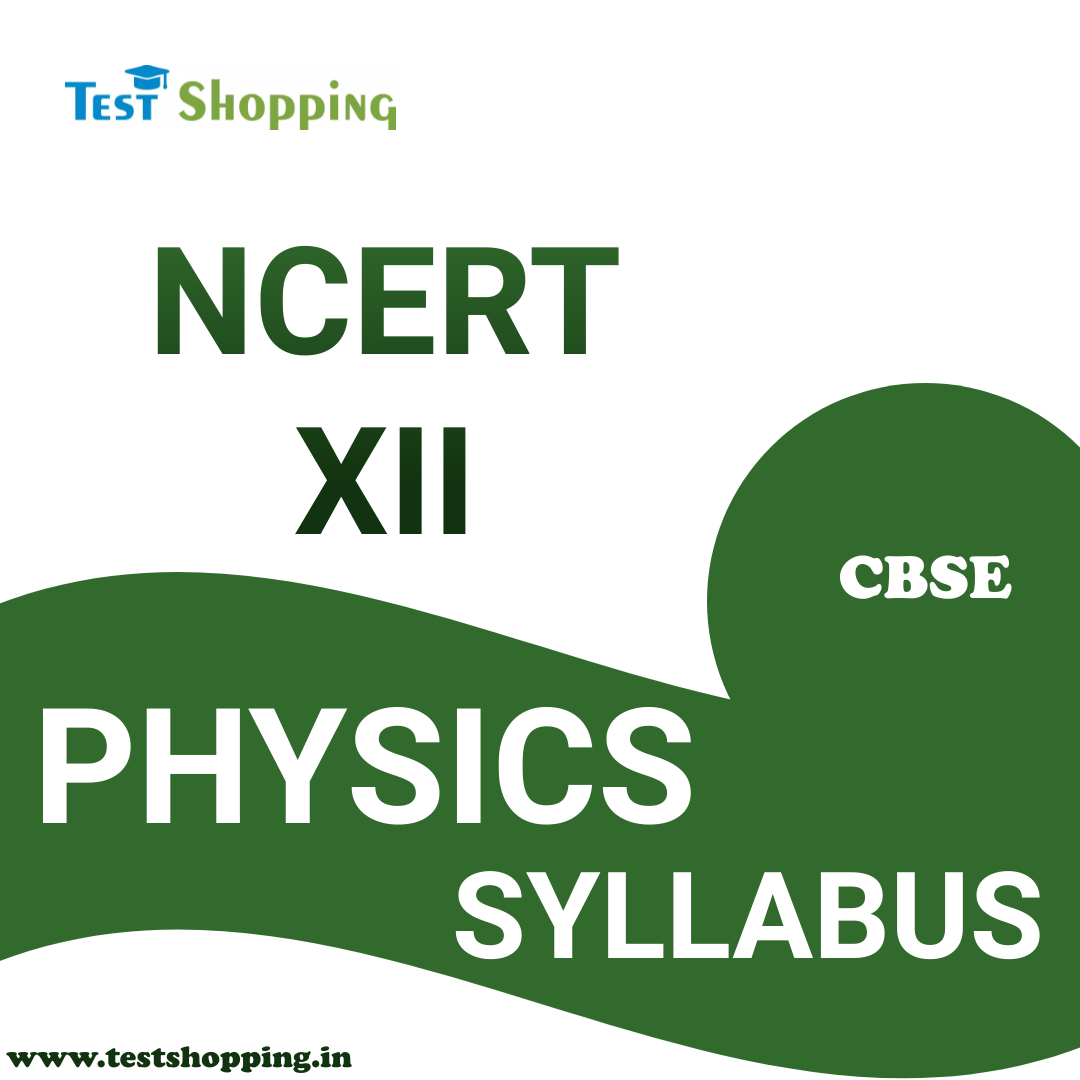
CBSE PHYSICS SYLLABUS
2023 Apr 14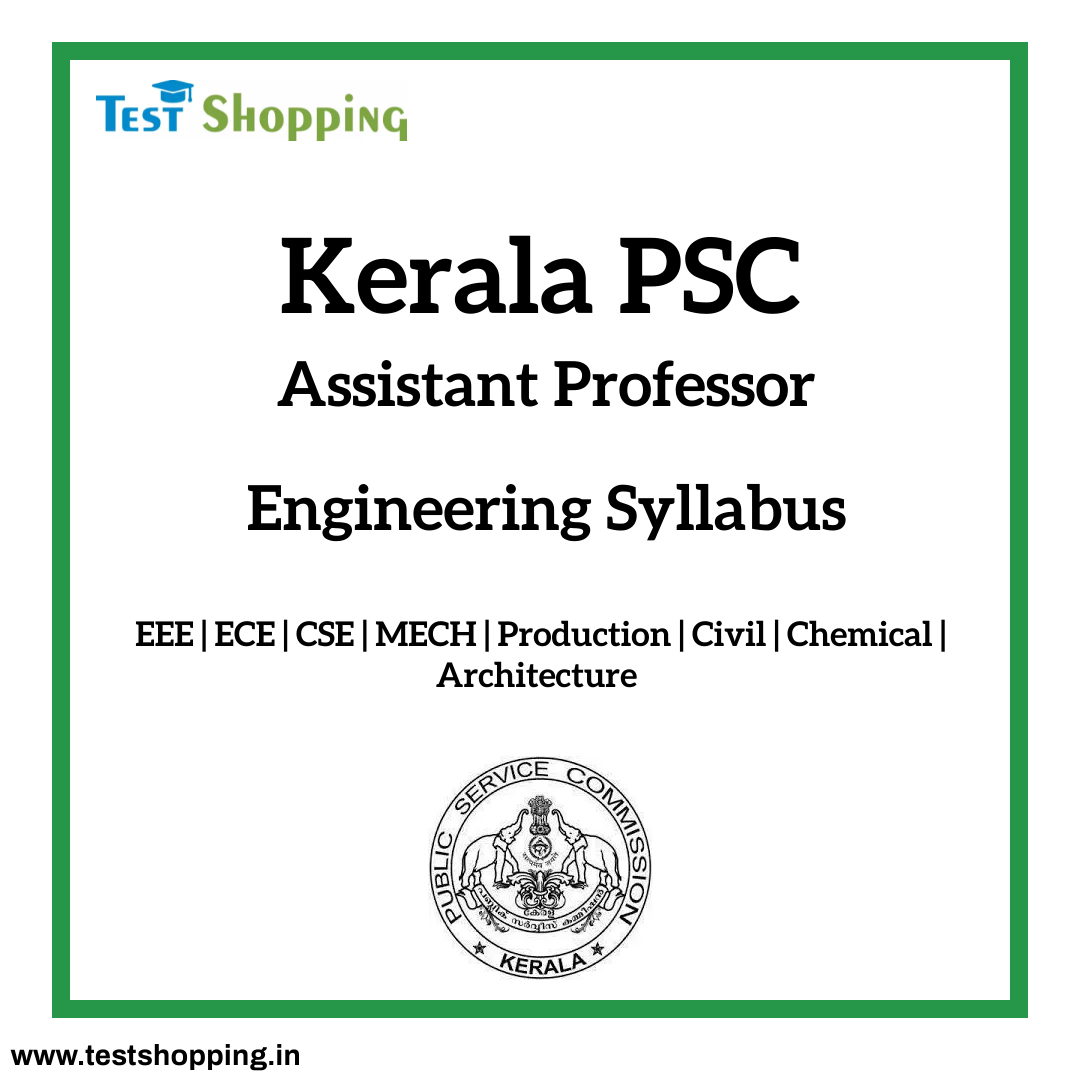
Kerala PSC Assistant Professor Engineering ...
2023 Jan 10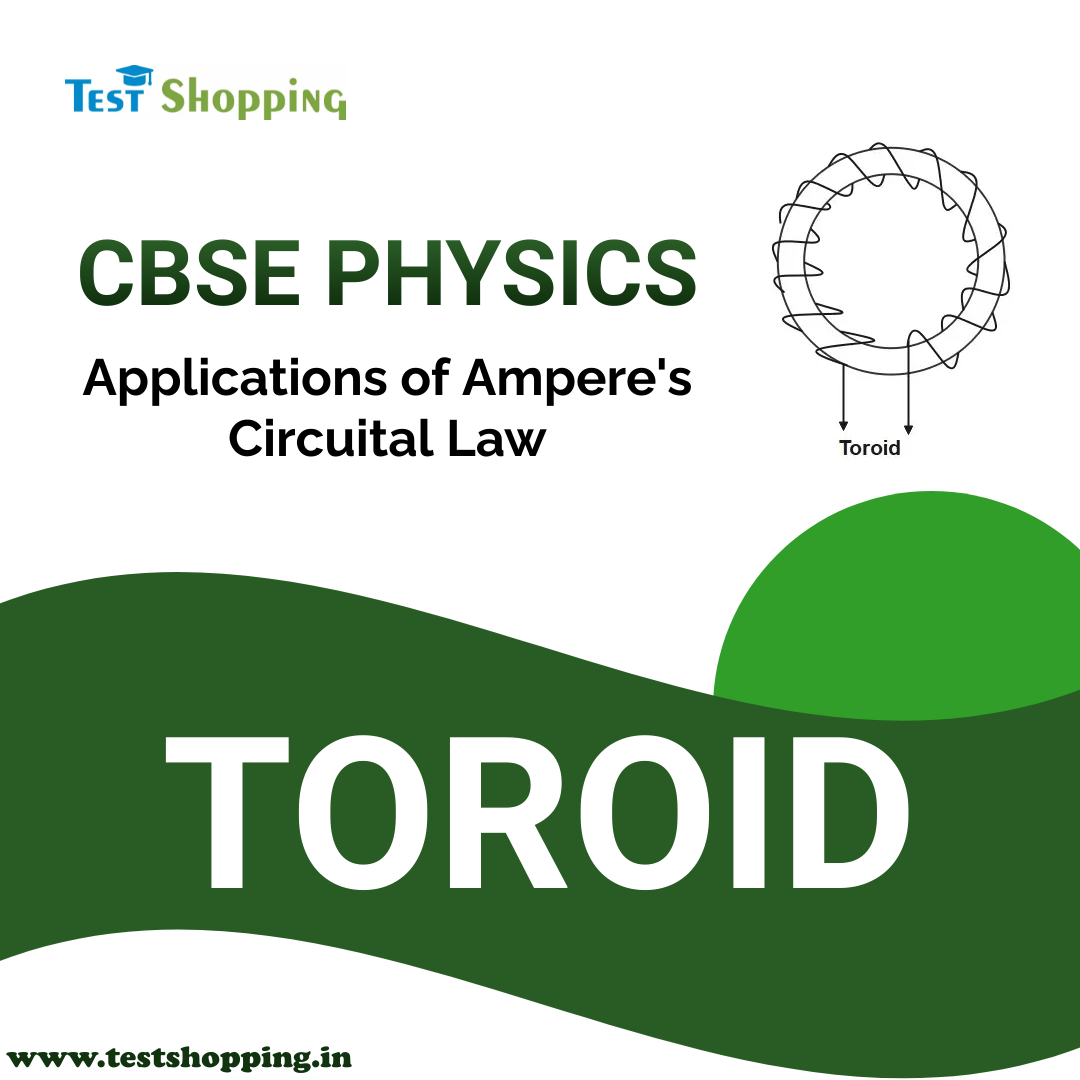
Magnetic Field Due to Toroid
2023 Jul 09